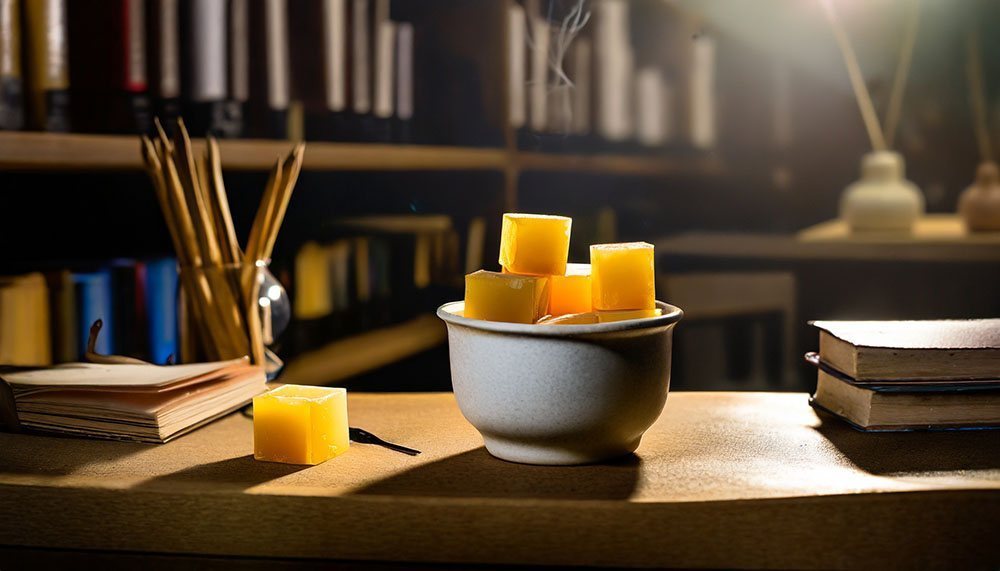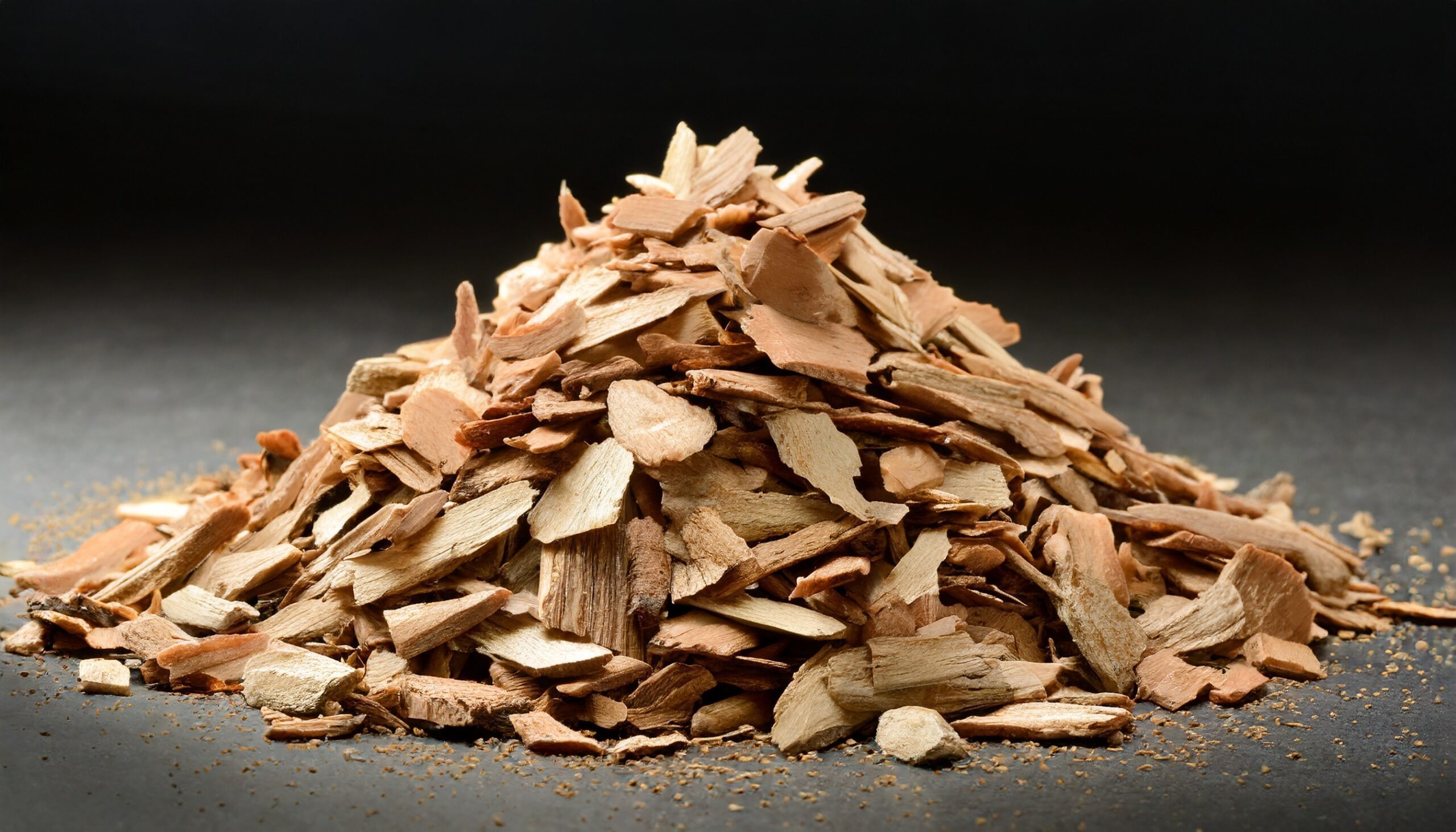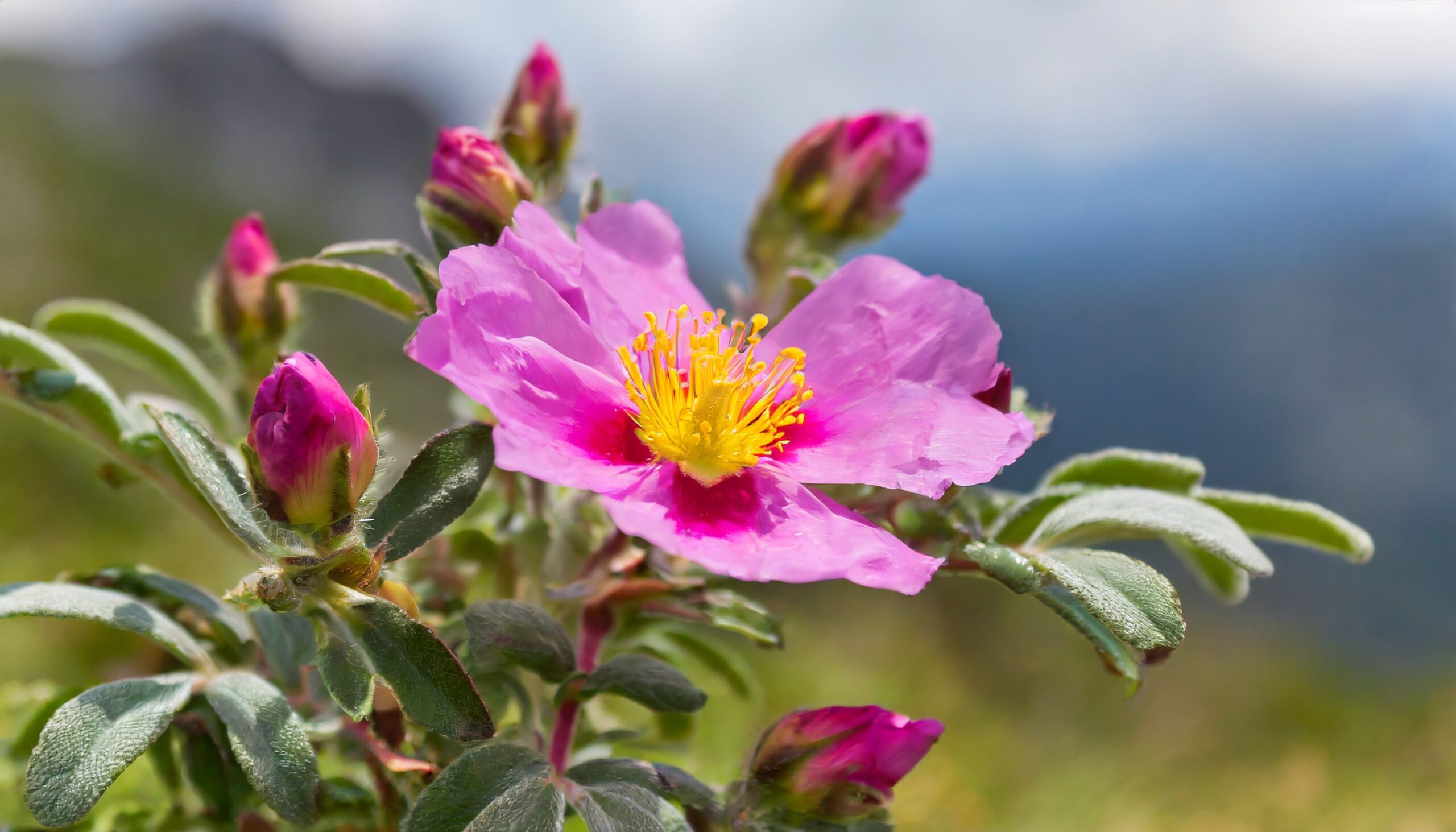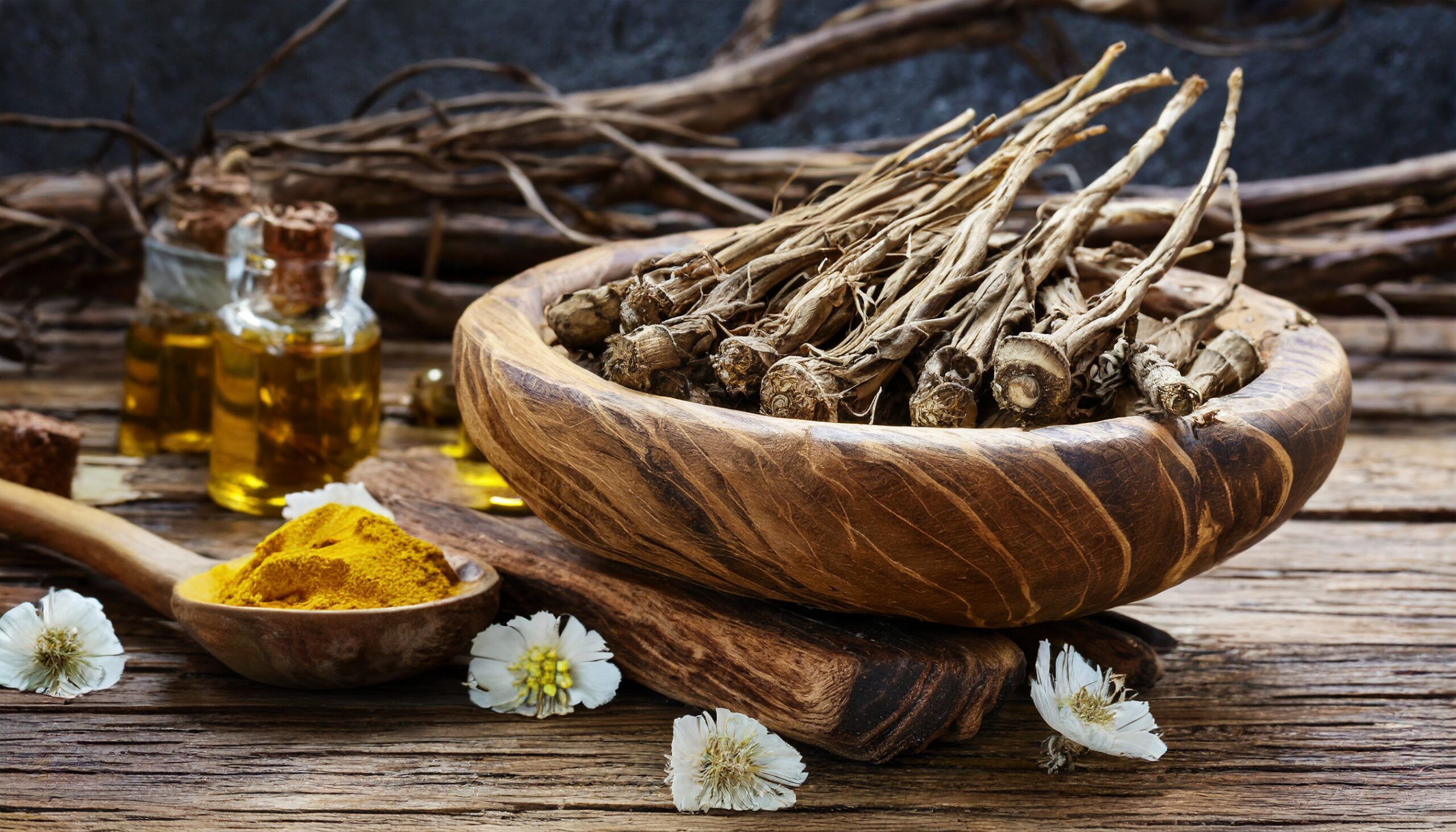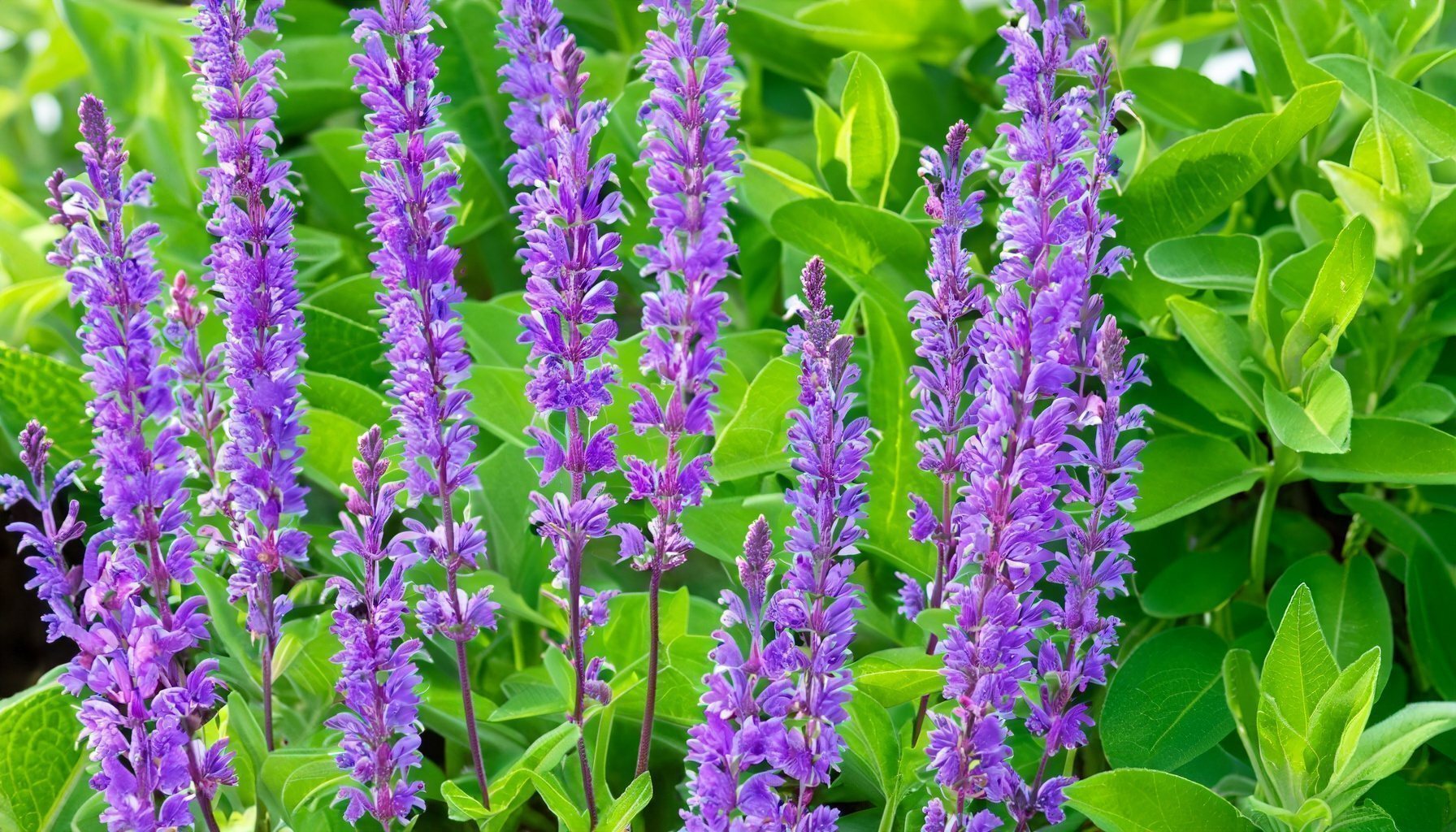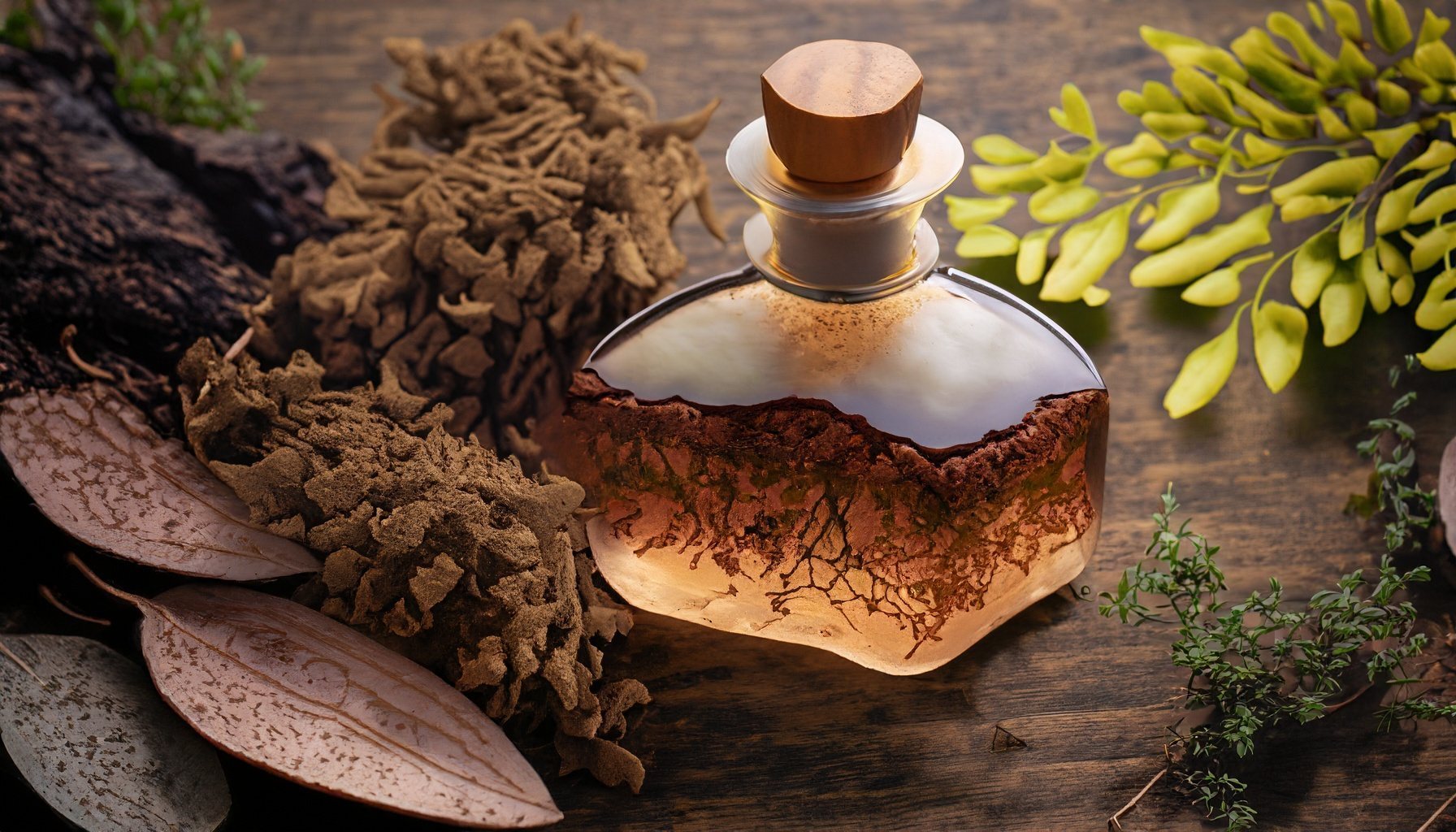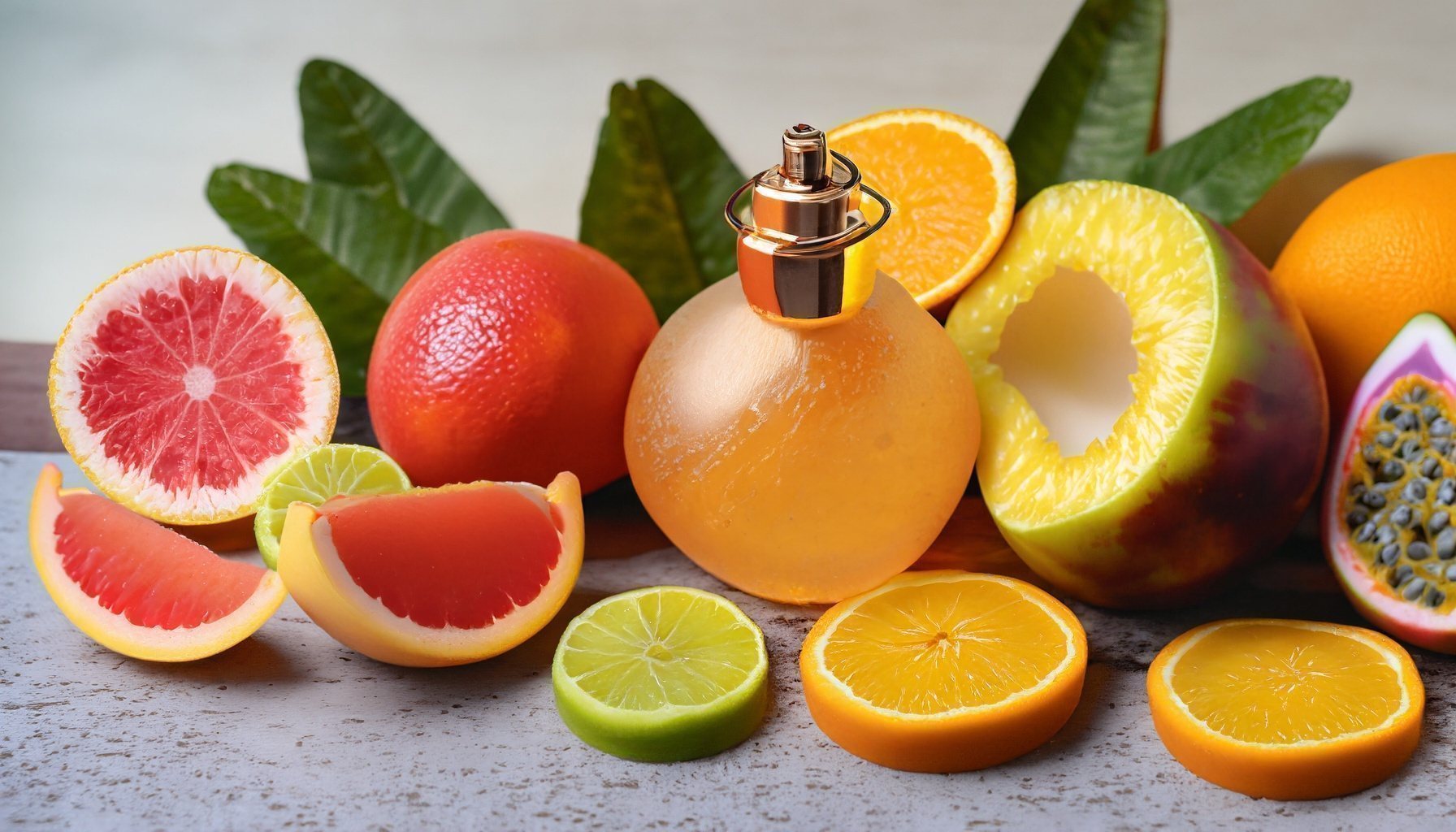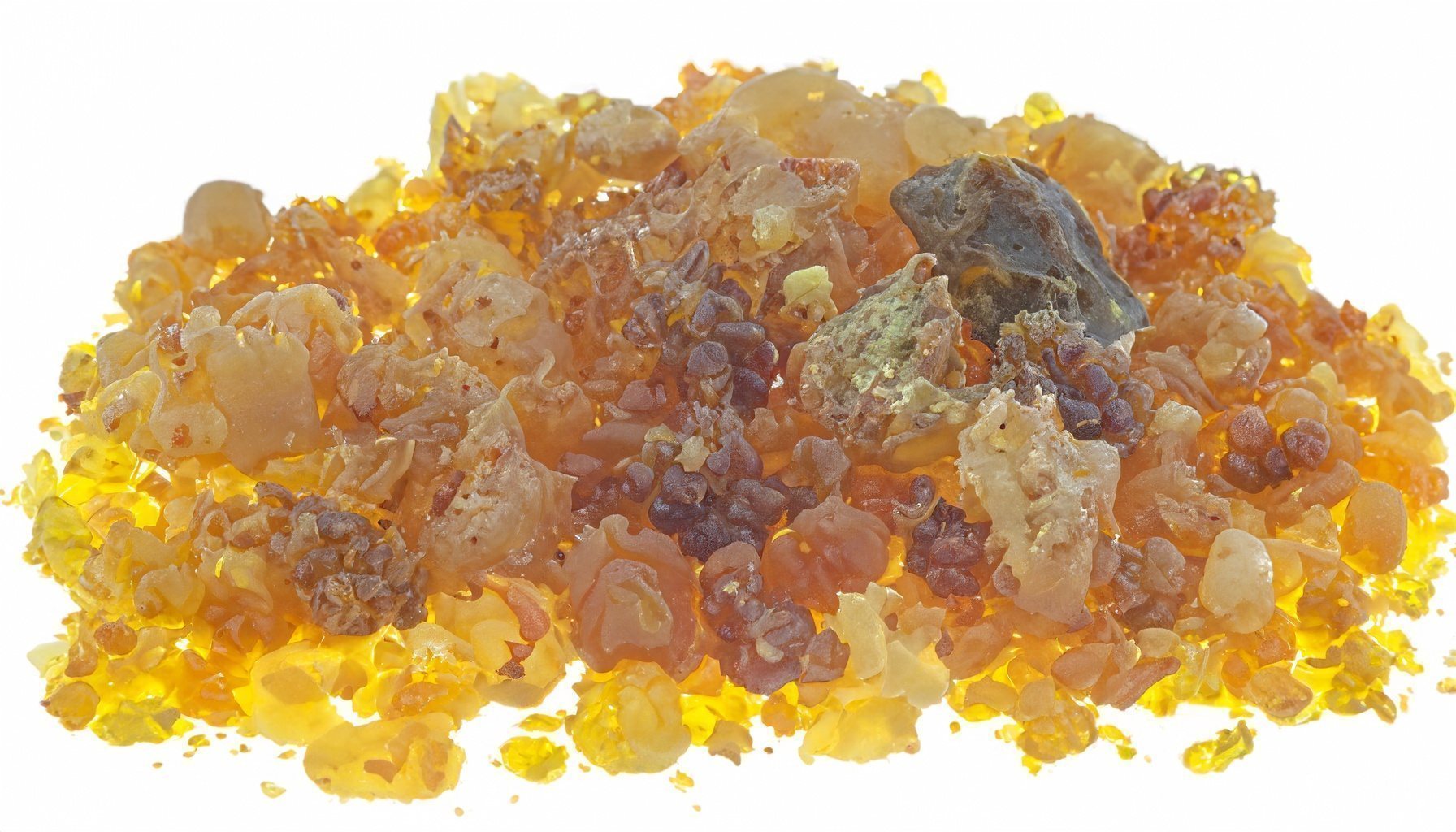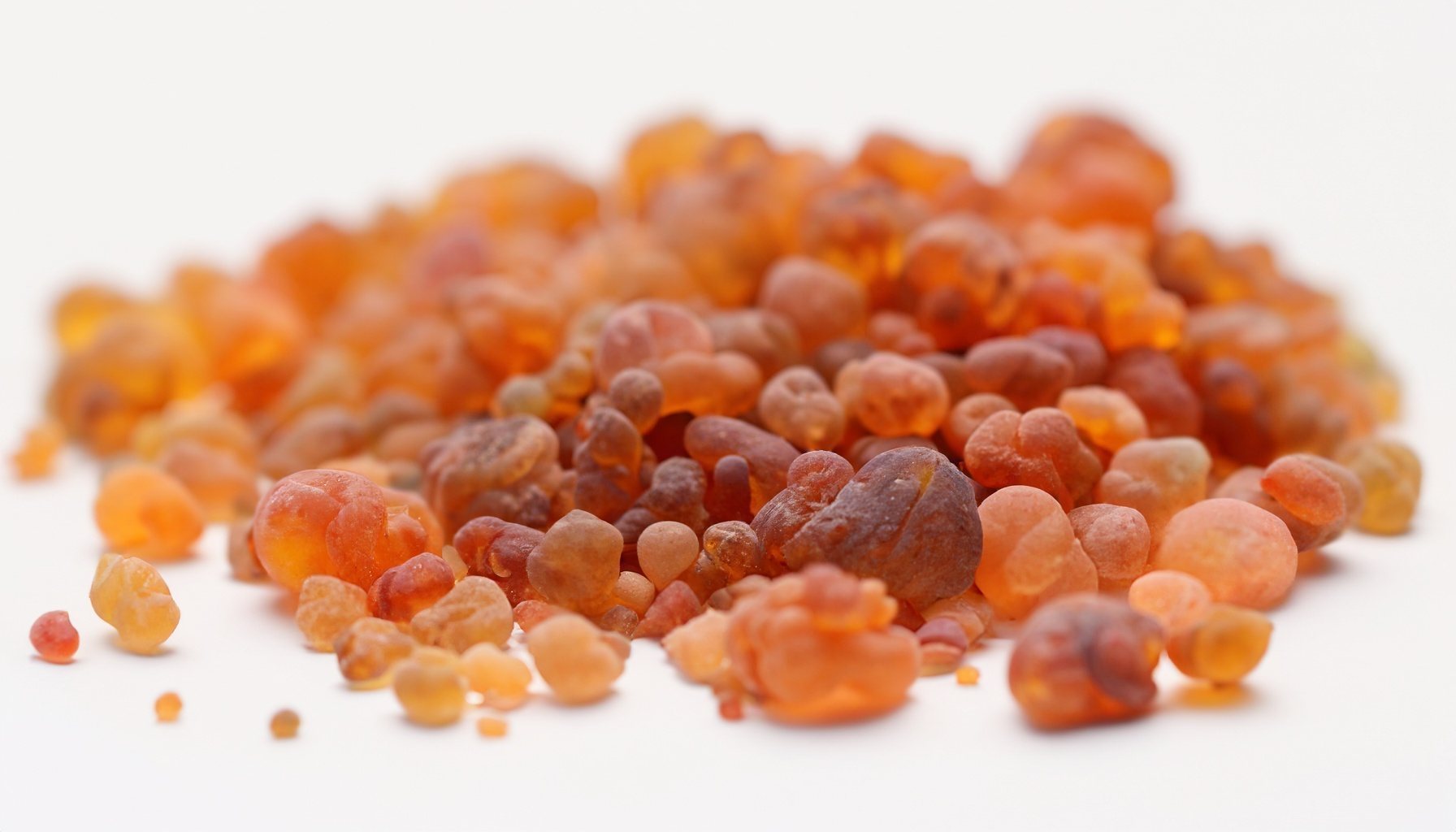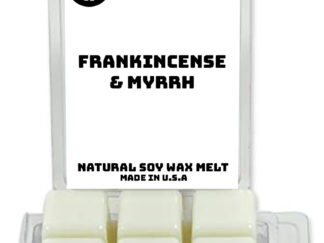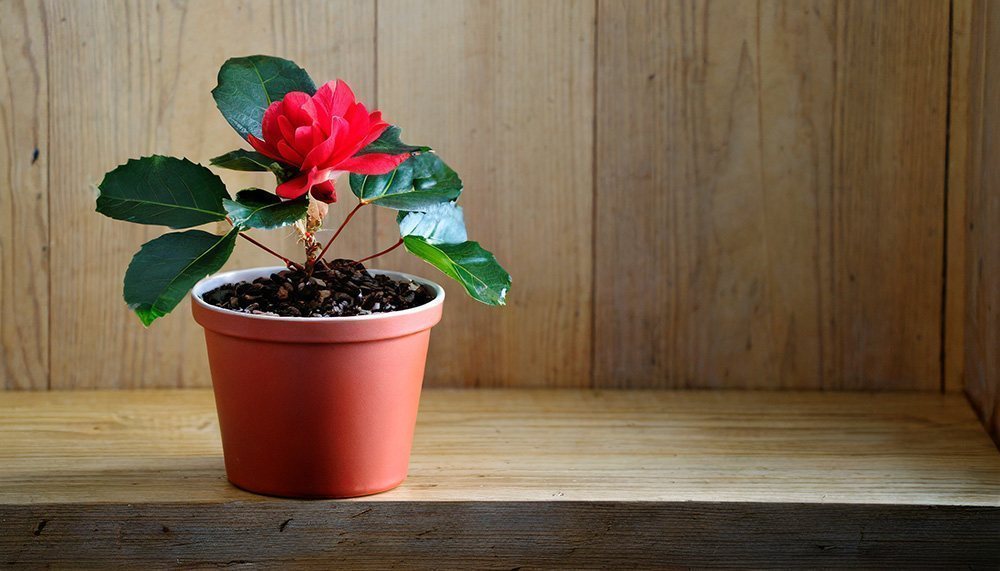
Learn how to enhance mood, reduce stress, and improve focus through the power of scent. Craft an aromatic environment that enriches your well-being.
The power of scent is remarkable, shaping emotions and evoking memories in a way few other senses can. Integrating aromatic elements into daily life offers more than just pleasant smells; it creates an atmosphere that can influence mood, well-being, and even productivity. Welcome to the world of Redolent Living.
The Importance of Scent
Mood Elevation
Certain smells, such as citrus or lavender, have the ability to uplift spirits. Incorporating these into your living space can make daily routines more enjoyable.
Stress Reduction
Aromas like chamomile and eucalyptus are known for their calming effects. Diffusing these scents during stressful times can offer relief. See also: Self-Care Sanctuary: 24 Natural Aromas for Ultimate Relaxation
Memory and Focus
Some scents, like rosemary and peppermint, have been linked to improved focus and memory retention.
Practical Ways to Infuse Scent
Essential Oil Diffusers
These devices vaporize oils, filling the room with scent. They are an efficient way to enjoy the benefits of aromatherapy.
Scented Candles
Not only do these offer a visual ambiance, but they also provide a sustained release of fragrance.
Potpourri
A bowl of dried, fragrant plant materials offers a subtler, long-lasting aroma.
Scented Sachets
Ideal for drawers and closets, these small packets offer a concentrated burst of aroma.
Room-by-Room Guide
Living Room
Woody and earthy scents like sandalwood or vetiver create a welcoming atmosphere. See also: 24 Natural Fragrances for a Cozy, Refreshing Living Room
Kitchen
Herbaceous aromas such as basil or rosemary enhance the culinary experience. See also: 24 Natural Aromatic Fragrances to Freshen Up Your Kitchen Space
Bedroom
Calming scents like lavender or chamomile promote relaxation and better sleep. See also: 24 Natural Fragrances for a Tranquil and Sensual Bedroom Ambiance
Bathroom
Fresh, clean scents like eucalyptus or mint keep the space smelling pleasant. See also: 24 Natural Fragrances to Freshen Up Your Bathroom Instantly
A Sensory Experience
Redolent Living isn’t just about making your home smell good; it’s about crafting an environment that enriches your life through the power of scent. The aromas you choose can serve as an olfactory backdrop, subtly influencing your emotions and actions throughout the day.
See also: Suggested Fragrances by Month: A 2024 Year-Round Guide to Aromatic Living

